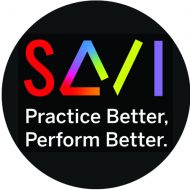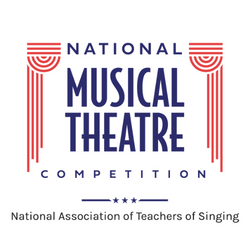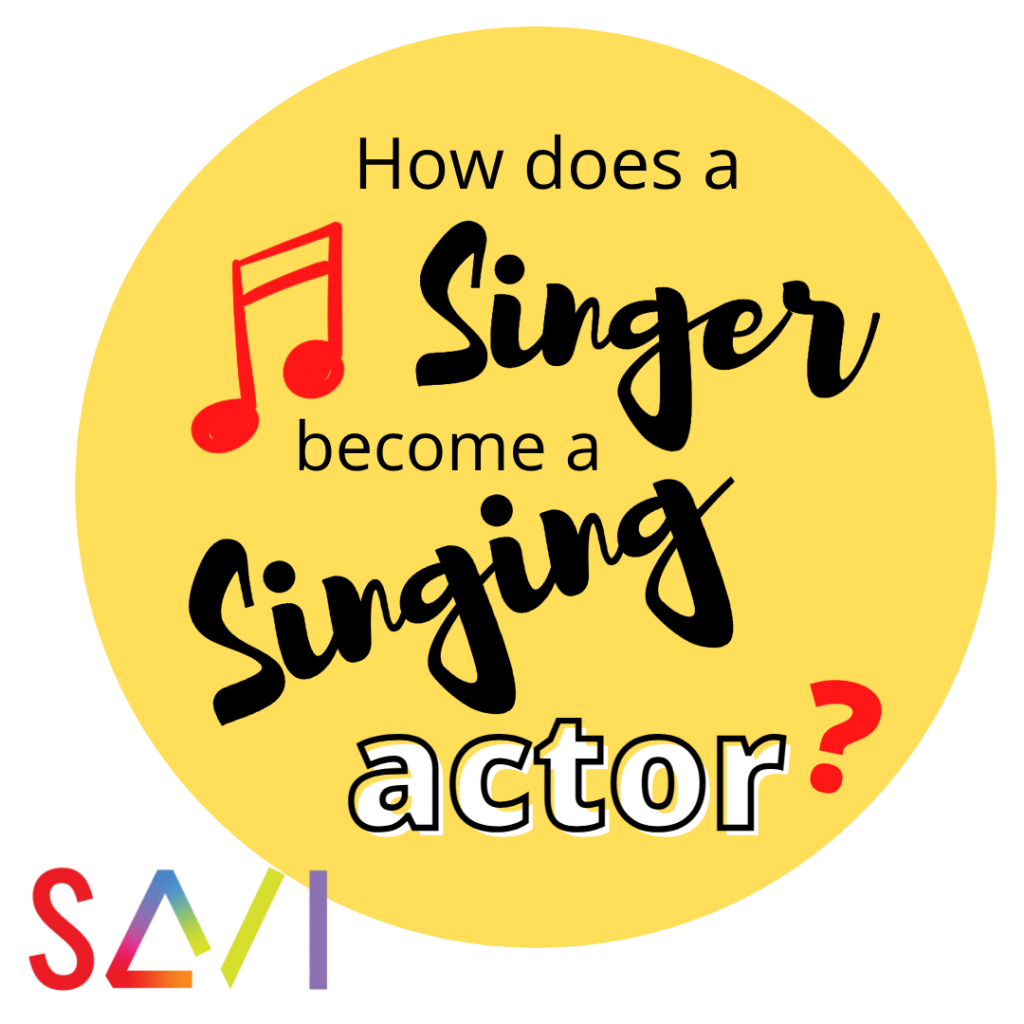Congratulations to the recently-named semi-finalists of the NATS National Musical Theatre Competition! Earlier this fall, I served as an adjudicator for the first round of that competition, which entailed watching multiple video submissions from nearly 50 of the first-round contestants. Over the course of a dozen dozen videos, I heard an abundance of great singing, but the performance skills demonstrated by the contestants varied widely. What made certain performers stand out? The best of them knew how to create behavior that communicated the drama of their songs in a manner that was Specific, Authentic, Varied and Intense – in other words, that was SAVI!
So here are Ten Tips for performers who want to level up from “great singer” to “great singing actor.” The best of the videos I saw were made by performers who understood and embraced these principles. If you’re a teacher or coach, you’ll want to explore all ten with your young artists!
1. Skip the slate.
Use an on-screen title instead. Or if you choose to slate, make an edit between your slate and your performance. Why? Well, when you slate your selection, you’re in a polite, neutral state, and it can be hard to transition quickly to the emotional world of the song. Too many performances bring the neutral politeness of the slate into the first phrases of the song. When you’re self-taping, you have the advantage of being able to “prep” (get yourself revved up emotionally) before you start recording.
2. Plunge in.
Start your performance as soon as the intro begins. Don’t use your first verse to warm up. Many songs start softly or simply, but that’s no reason not to be full of life from the first note. If you’re doing a pre-taped audition, why not use the moments before the camera rolls to get up a head of steam?
3. Mobilize your eyes.
If you’re performing for the camera, don’t just stare at the lens the whole time. If your eyes don’t move during your performance, you look like a zombie. Use focus shifts at the beginning of key phrases. This rule applies to performing onstage as well – it’s not just a camera thing.
4. Bring your words to life.
Specific words and phrases have specific meanings, so you can’t sing everything with the same vocal energy and facial expression. Understand what you’re saying and how what you’re saying NOW relates to what you said in the previous phrases. Use powerful, incisive diction. If that means disrupting your beautiful legato tone, do it. The loveliest sound isn’t always the best sound.
5. Free your shoulders and torso.
The heroic “singer’s pose” is old-fashioned and limits your expressiveness. You don’t need to present yourself frontally to the camera in every moment. And don’t forget the rest of you, from the waist down. Express yourself with your whole body. I don’t mean constant motion, but one strong physical choice initiated at the beginning of each phrase will make a big difference. It’s even helpful to adjust your stance from time to time. Pick up your feet and put them down in a different place; they’re not nailed to the floor!
6. Differentiate your phrases.
Every new phrase is an opportunity to deliver specific content and create meaning through contrast. This means knowing where the phrases begin and how the current phrase relates to the ones you’ve already sung. Don’t deliver every phrase with the same earnest generality.
7. Get yourself a partner.
An imaginary one, I mean. Nearly every song is more dramatic when you treat it like a conversation with an imaginary partner (IP). Does your song include the word “you?” You gotta know who that “you” is and where they are! Pro tip: if you’re recording your song on video, make the camera your IP.
8. Activate your face and mouth.
When it comes to expressing the drama of your song, your face is your ace! And a mobile mouth is a key to powerful diction. Exercise those muscles and get in the habit of using them. It’ll look a little “extra” when you play back your video, but you’ll be a stronger communicator.
9. Don’t go with the flow.
The notes and words shouldn’t just pour out of you. Song is a form of considered utterance – that is, each phrase is preceded by a thought, a decision about what you’re going to say and how and why you’re going to say it. The music may flow, or even groove, but your job is to navigate that flow, not ride it passively.
10. “More life! The great work begins.”
I’ll close by quoting the final lines of Tony Kushner’s Angels In America as a way of reiterating my notion of what it means to be singing actor: an artist who can bring a song or aria to life by creating behavior that communicates the dramatic event phrase by phrase. Work to eliminate anything – whether it’s habit, confusion, tension or lack of preparation – that stands between you and that goal.
The exercises and procedures described in my book The SAVI Singing Actor give you many exciting ways to move toward that goal. If you’re looking for further instruction in how to apply those techniques, or the opportunity to coach or study privately with me, I’d love to hear from you! And if you’ve got thoughts or questions about any of my Ten Tips, post them in the comments below!


